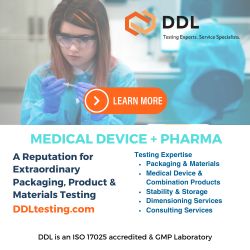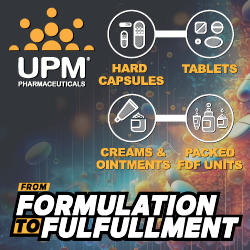Halozyme Announces Positive Results From Roche's Phase III Trial
Halozyme Therapeutics, Inc. recently announced that the Phase III HannaH trial, conducted by Roche, showed that women with HER2-positive early breast cancer who received a new, investigational subcutaneous (SC) injection of Herceptin (trastuzumab), experienced comparable results to Herceptin given as an intravenous (IV) infusion. The SC administration takes around 5 minutes to administer whereas the IV formulation (the current standard) takes around 30 minutes to infuse. Because the subcutaneous administration is an injection under the skin, it may allow patients to spend less time in hospital receiving their treatment versus the intravenous method. The ready-to-use formulation may also significantly reduce pharmacy time as no medicine preparation time is required.
“We are very pleased to see this important program achieve success in a Phase III pivotal clinical trial,” said Gregory Frost, PhD, Halozyme’s President and CEO. “The convenience of subcutaneous administration may provide another option for women living with early breast cancer.”
No new safety signals were observed, and adverse events were overall consistent with Herceptin IV. Data from the trial will be submitted for presentation at an upcoming medical meeting and will support a marketing application to regulatory authorities in the European Union in 2012.
Roche has additional ongoing trials of a subcutaneous formulation of MabThera (rituximab), using Enhanze Technology in patients with CD20+ non-Hodgkin’s lymphoma (NHL) and Chronic Lymphocytic Leukaemia (CLL).
HannaH is a Phase III, open-label trial involving 596 women with HER2-positive early breast cancer. The trial was designed to compare trastuzumab concentration in the blood (pharmacokinetics), efficacy (pathologic complete response), and safety of
Breast cancer is the most common cancer among women worldwide. Each year about 1.4 million new cases of breast cancer are diagnosed worldwide, and over 450,000 people will die of the disease annually. In HER2-positive breast cancer, increased quantities of the HER2 receptor are present on the surface of the tumour cells. This is known as HER2 positivity and affects approximately 15% to 20% of people with breast cancer.
In December 2006, Halozyme entered into an agreement with Roche to apply Halozyme’s proprietary Enhanze technology to Roche’s biological therapeutic compounds. Under the terms of the agreement, Roche made an initial payment to Halozyme for the application of its recombinant human enzyme, rHuPH20, to three predefined biologic targets exclusive to Roche. In December 2008, Roche selected a fourth biologic target followed by selection of a fifth target in June 2009 and has the option to exclusively develop and commercialize rHuPH20 with an additional eight potential targets. In February 2011, Roche began a Phase III registration trial of subcutaneous MabThera (rituximab), an anticancer biologic, in patients with NHL and CCL. Pending the successful achievement of a series of clinical, regulatory, and sales events, Roche will pay Halozyme additional milestones as well as royalties on future product sales.
Total Page Views: 1599












